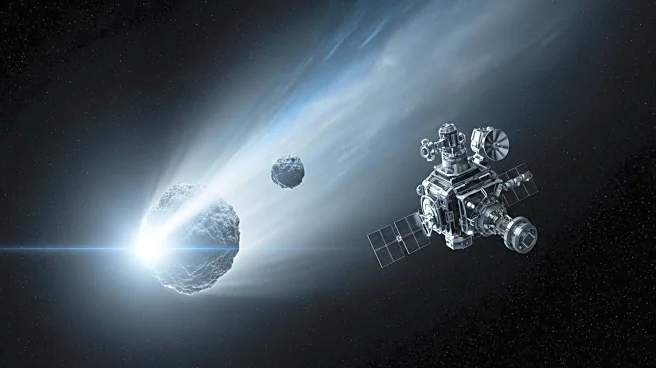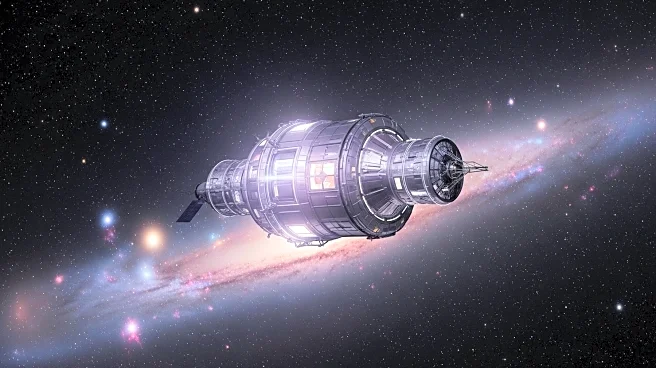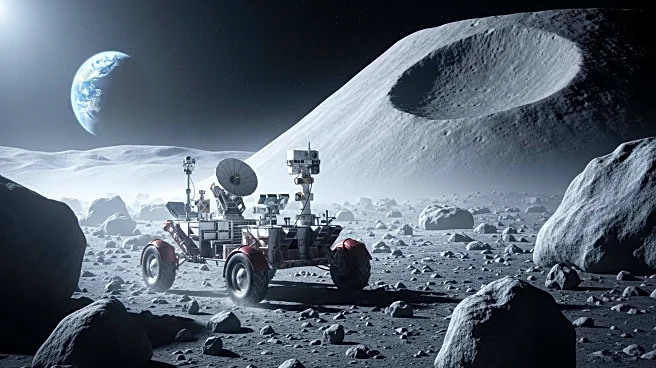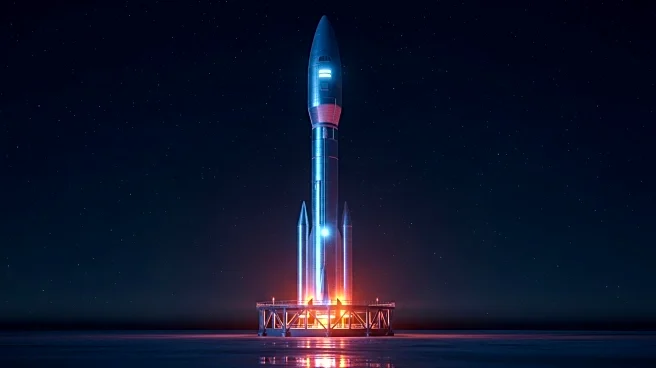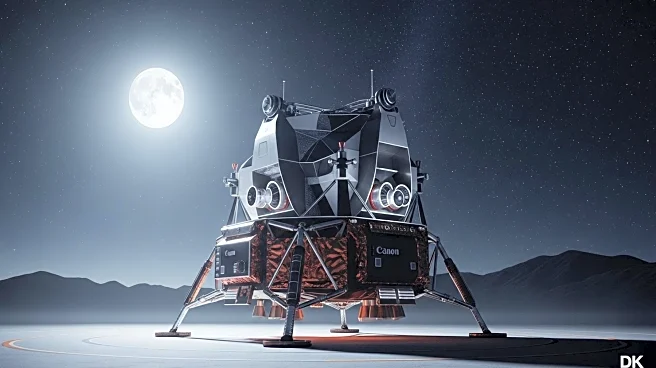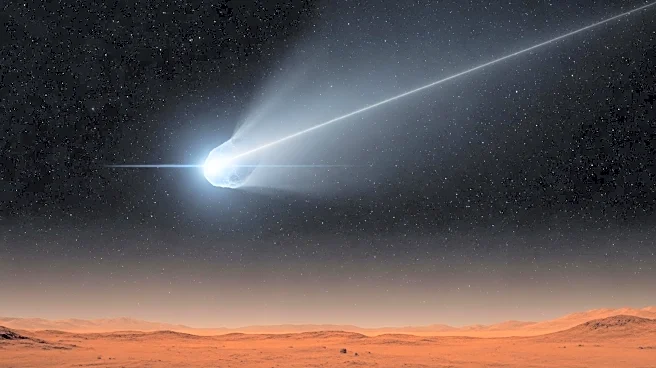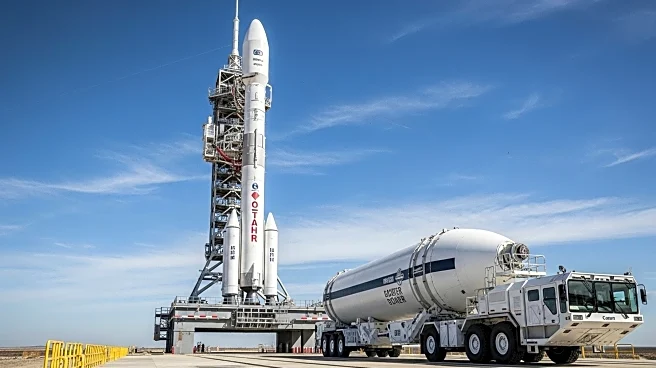What's Happening?
The Canadian Space Agency (CSA) has awarded $1 million to the Canadian Space Mining Corporation (CSMC) to develop a low-enriched uranium nuclear reactor intended for use on the moon. This initiative is part of NASA's Artemis program, which aims to establish a continuous human presence on the moon and eventually explore Mars. The reactor, a micro modular type, is designed to provide energy during the moon's 14-day sunlight and 14-day darkness cycles. Canada is leveraging its expertise in space technology and nuclear engineering to contribute to international efforts for lunar exploration.
Why It's Important?
The development of nuclear reactors for lunar missions is crucial for sustaining long-term human presence on the moon. This technology could revolutionize energy solutions for remote and Indigenous communities on Earth, which currently rely on diesel. Canada's involvement highlights its capabilities in space and nuclear technology, potentially positioning it as a key player in future space exploration. The project also raises questions about nuclear waste disposal and regulatory challenges, emphasizing the need for international collaboration and innovation in space technology.
What's Next?
The reactor will be built on Earth and sent to the moon, operating partly autonomously and partly under Earth-based supervision. Challenges such as cooling the reactor without water or air, and managing spent fuel, need to be addressed. Regulatory issues, including determining the appropriate authority for lunar operations, remain unresolved. The CSA's funding also supports the development of algorithms and autonomous plant management tools for lunar nuclear power systems, indicating ongoing research and development in this field.
Beyond the Headlines
The project underscores the ethical and legal complexities of deploying nuclear technology in space. It raises questions about the governance of extraterrestrial activities and the environmental impact of nuclear waste on the moon. The initiative reflects a broader trend of leveraging space exploration to address terrestrial challenges, such as energy access in remote areas, and highlights the potential for technological advancements to drive economic and environmental benefits.



